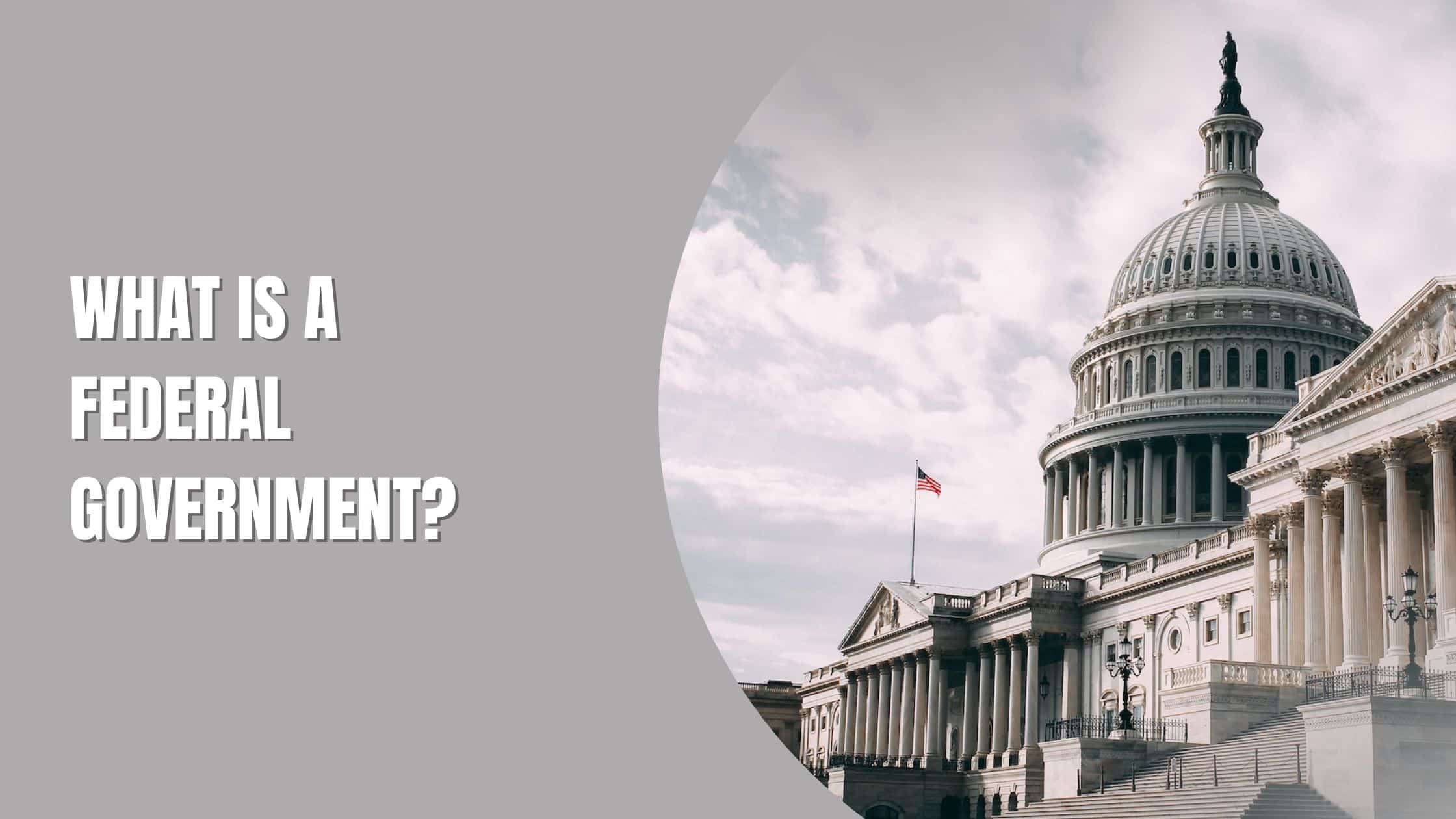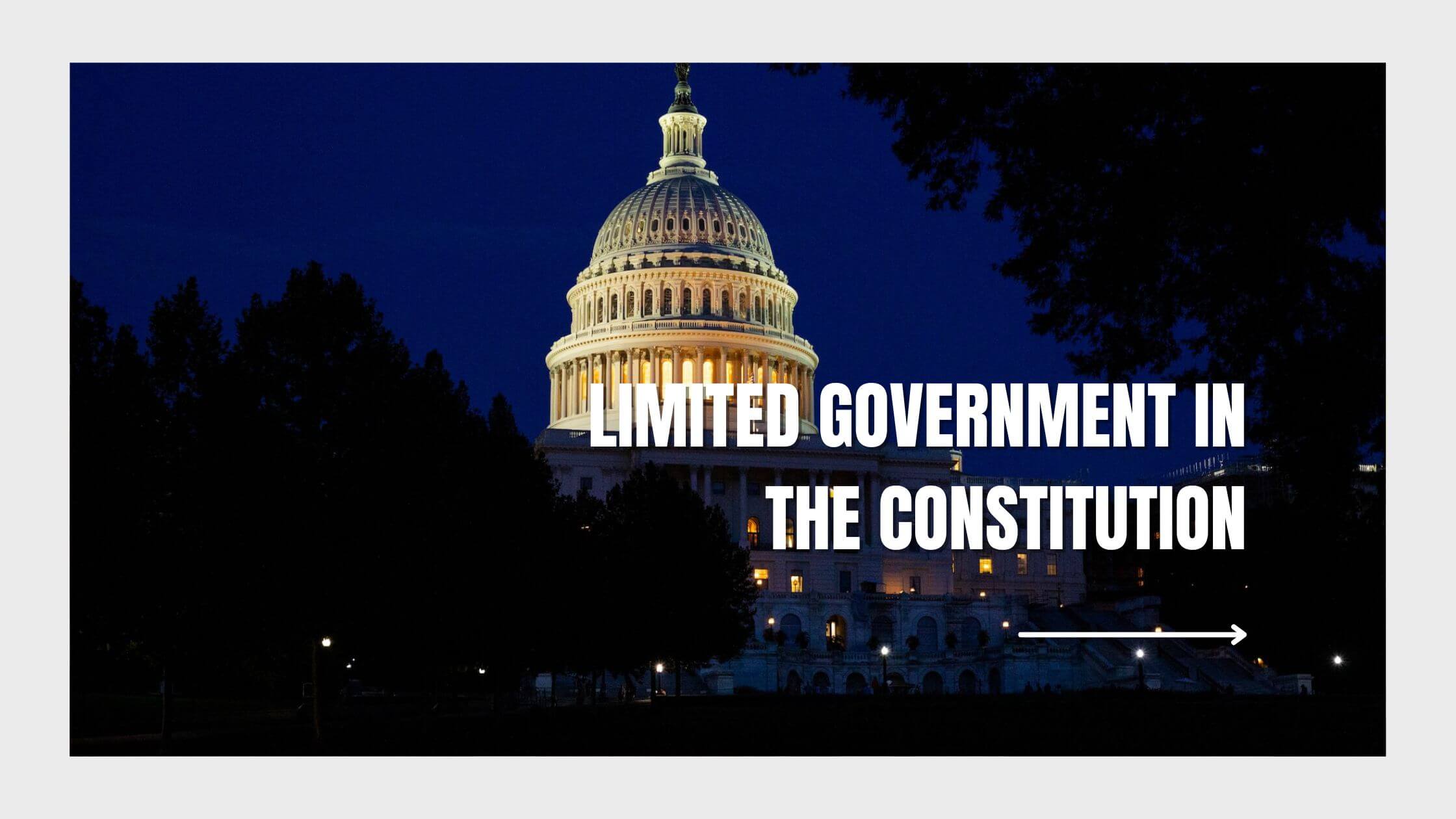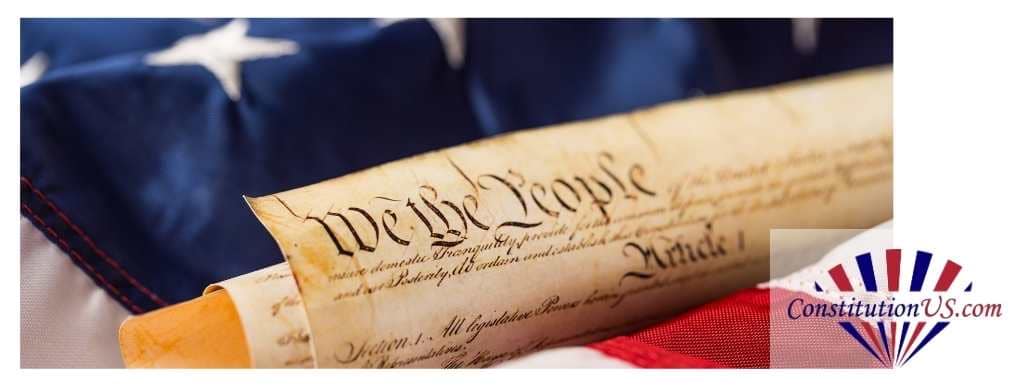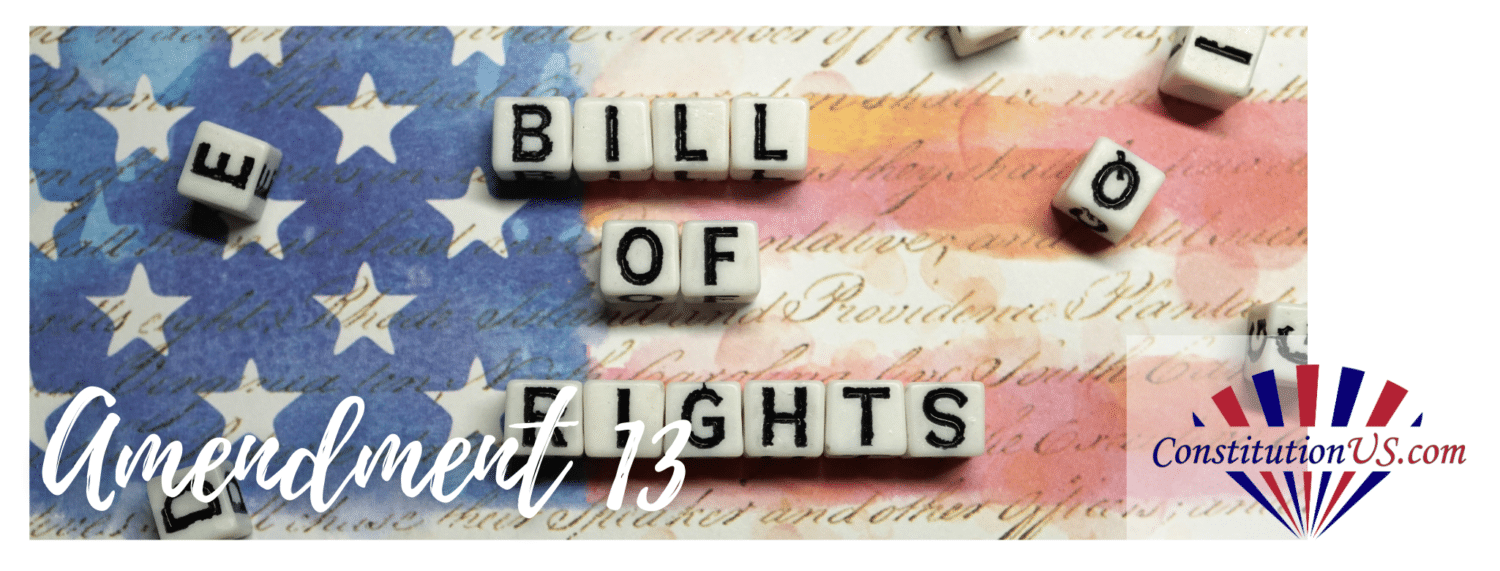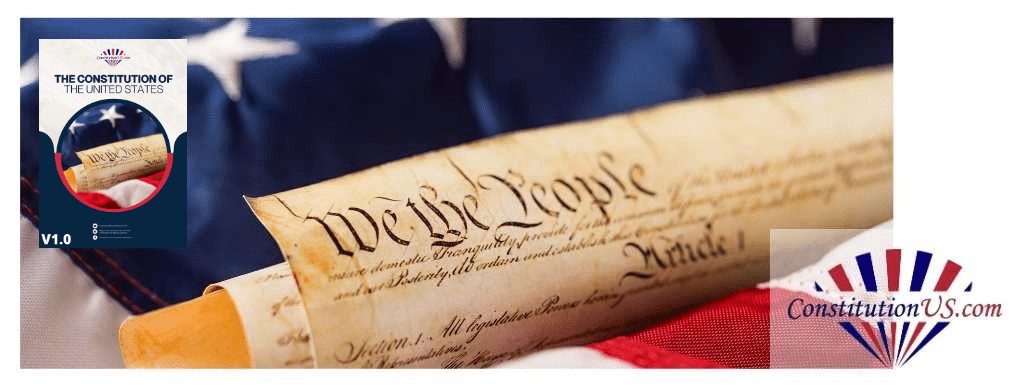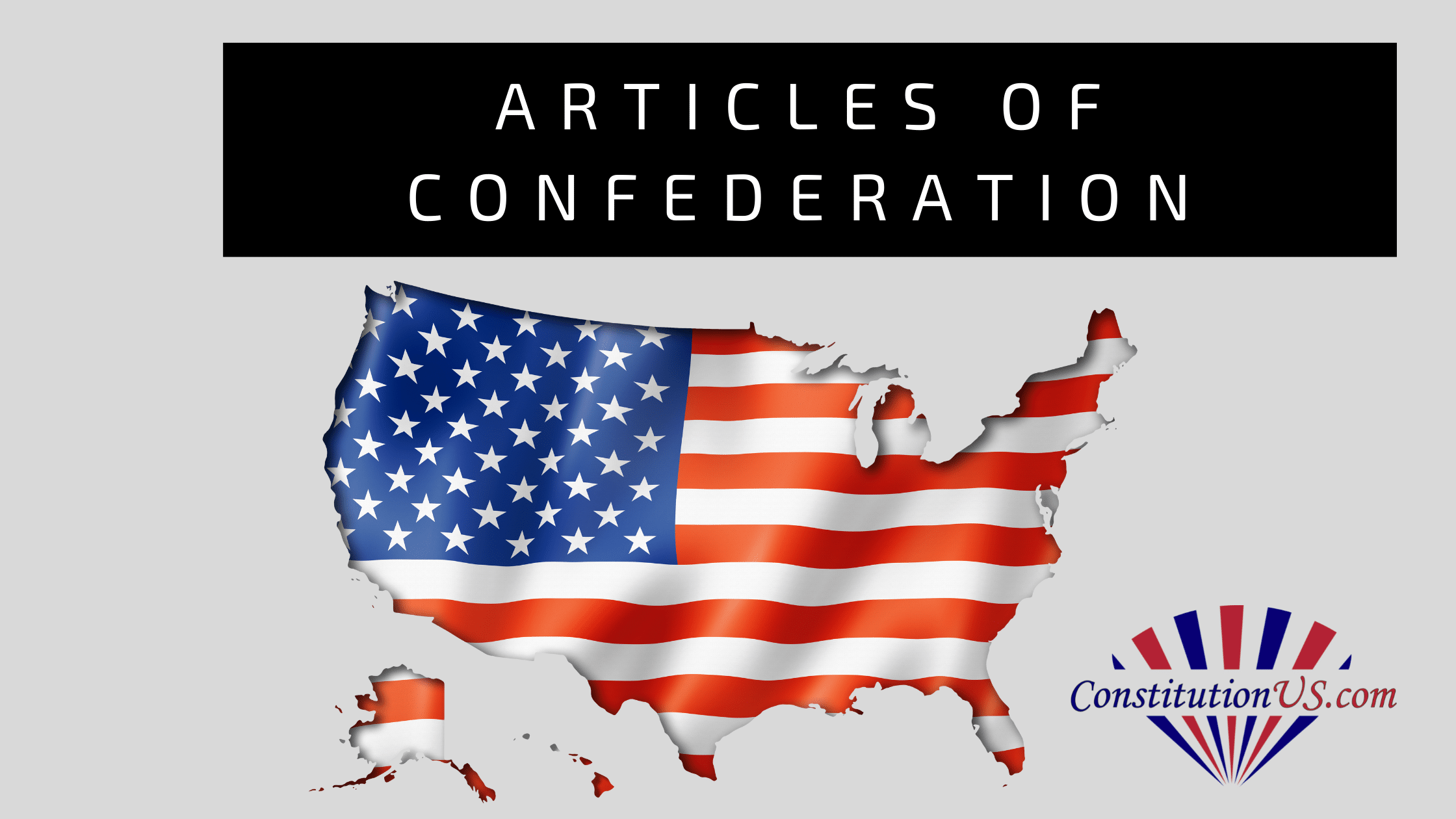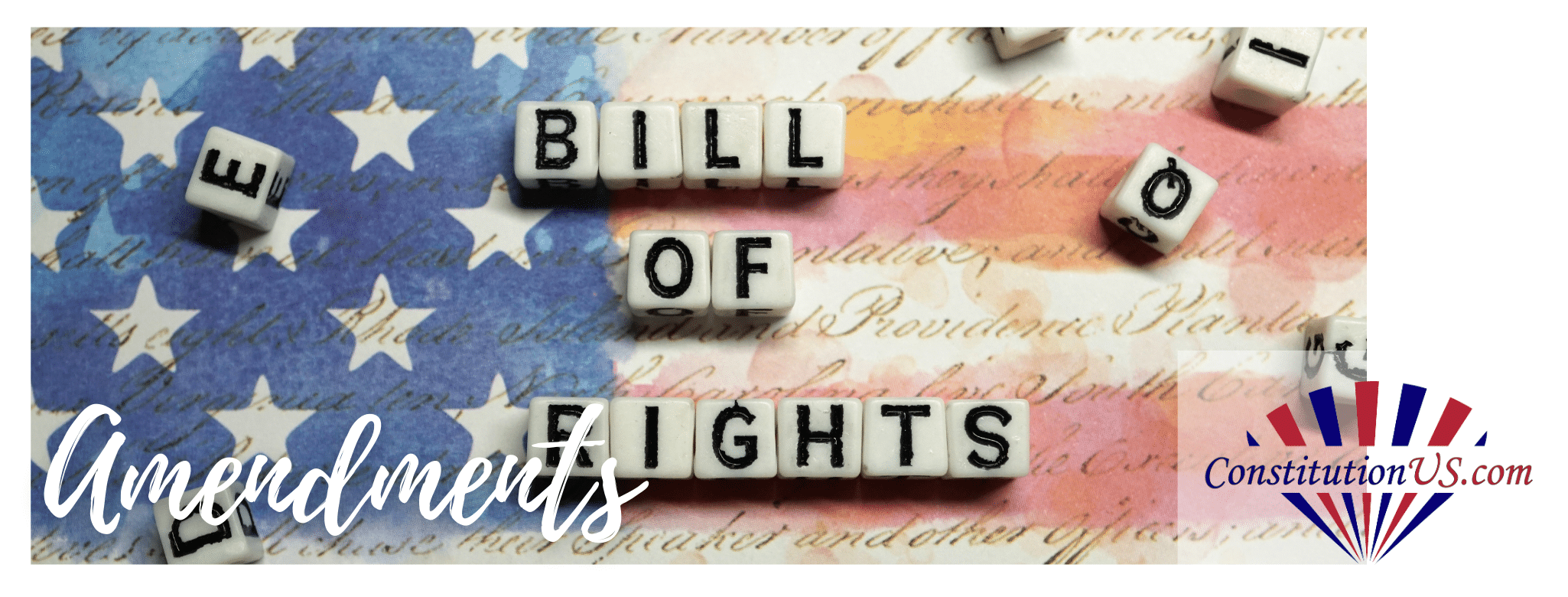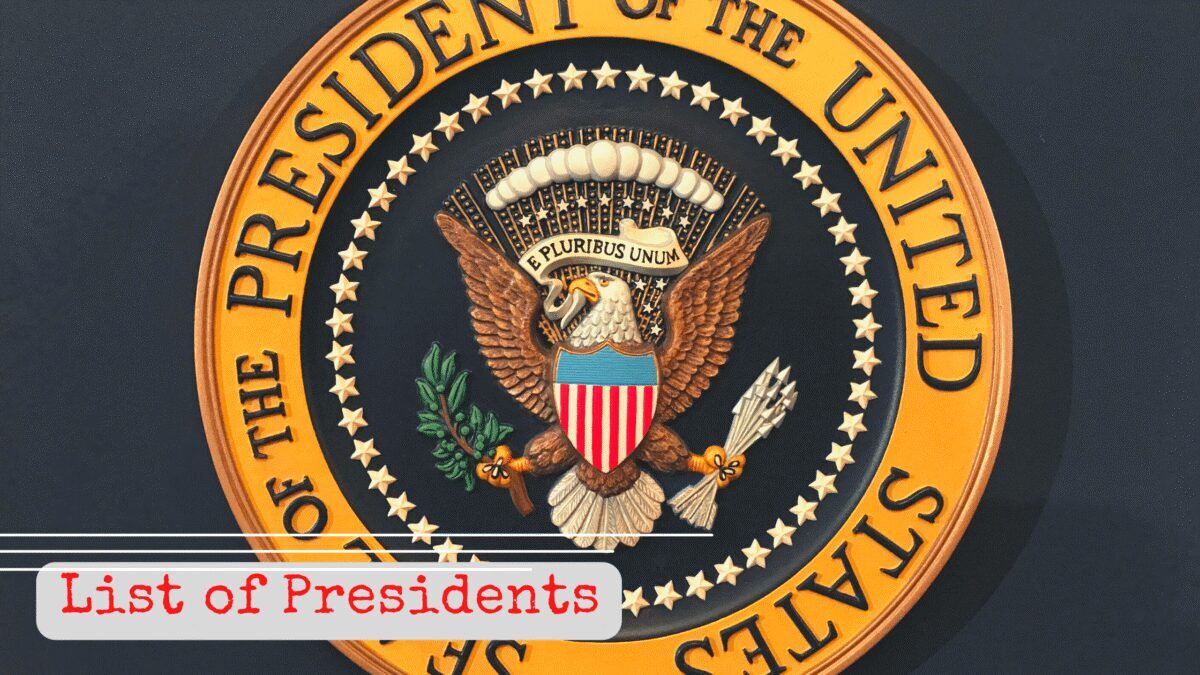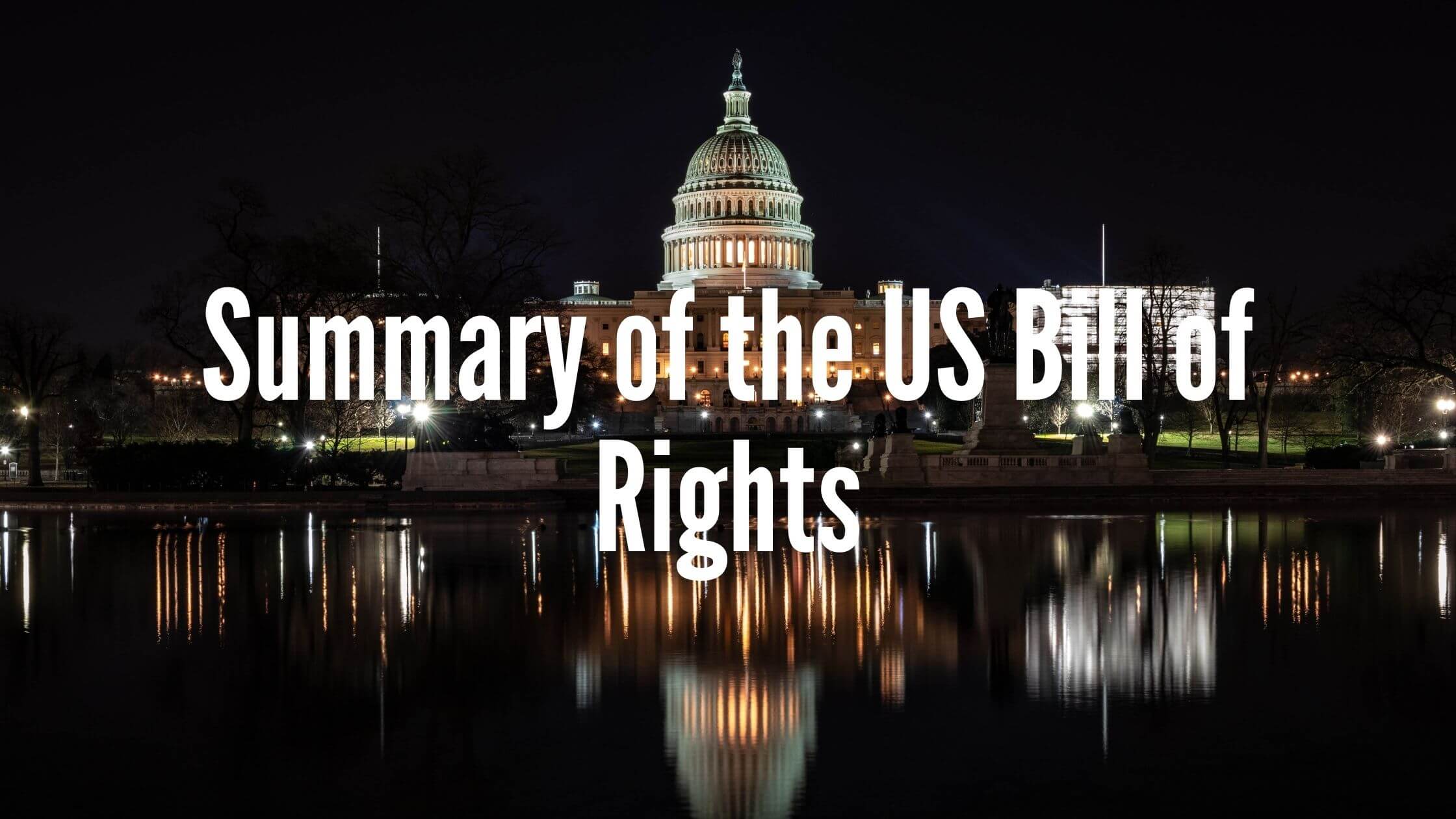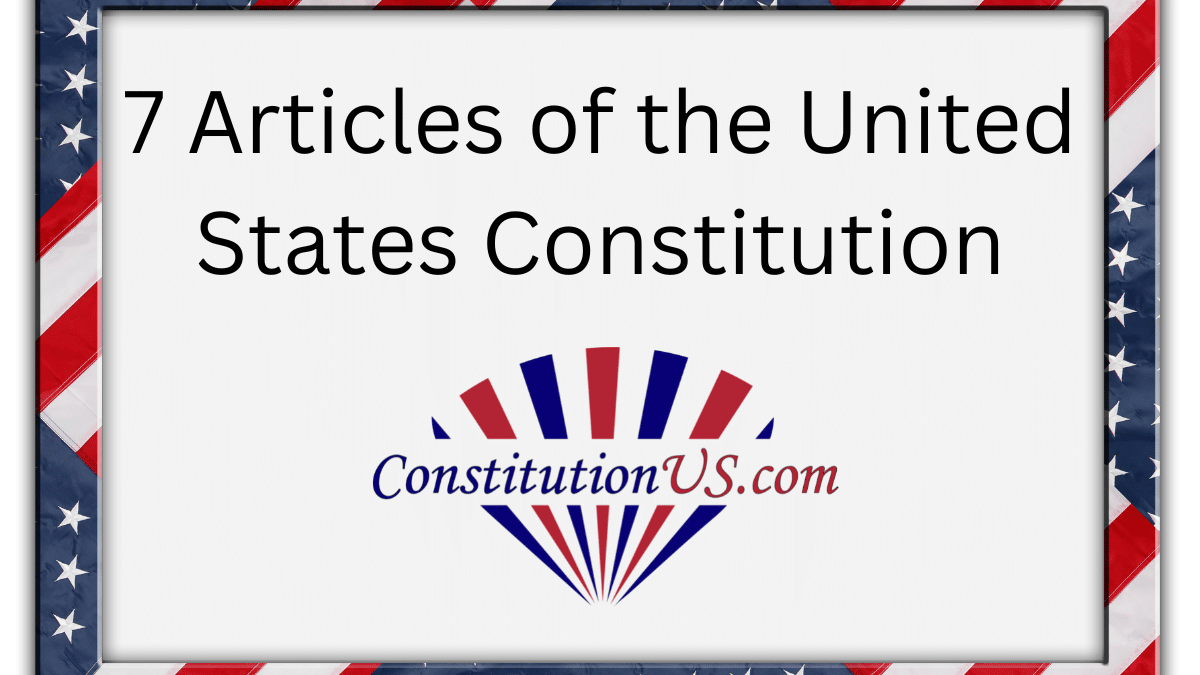Table of Contents
ToggleA federal government or federalist system of governance is a form of government in which two layers of government control the same territory (a country). It is a nation’s system for designating power amongst a central government and more localized state and city governments.
In the United States, the national government, known as the federal government, oversees the governance of the entire territory and dictates edicts for large issues. In contrast, localized issues are subdivided amongst states, cities, and counties more equipped to deal with the specifics of their given areas.
Why a Federal Government?
Federal governments are the most successful and frequently used to govern large nations with complex and diverse needs who still share a common culture.
In the United States, the differences between a large area-wise but sparsely populated state like Alaska and Rhode Island, which is tiny in terms of area but densely populated, necessitates the need for localized governments with the ability to address the drastically different needs of each state.
The national or federal government ensures that Americans’ shared values remain united while overseeing more complex and broader-reaching issues, including national defense, international relations, and much more.
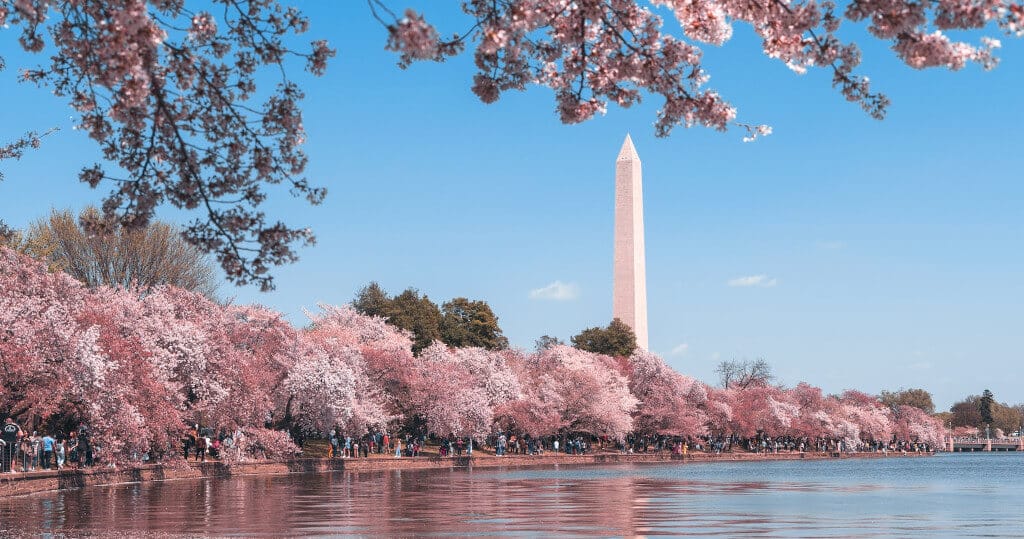
The United States is not alone in its use of a federal government. Other large and diverse states like Brazil, Canada, Germany, Australia, and Mexico use a system of federalism to run their affairs.
Legal Determinations and Considerations in the United States
Dual Sovereignty
The constitution of the United States establishes a system of “dual sovereignty,” which dictates that individual states give up many of their potential powers to the federal government, in turn receiving assistance from the national government and the freedom to act on their own in some cases, giving them some semblance of sovereignty.
Constitutional Clauses
Article 6 of the United States Constitution stipulates that should the laws of the federal government and the laws of a specific, individual state conflict or contradict one another, federal law will supplant state law and reign supreme.
Article 1, Section 8 of the Constitution further outlines the federal government’s power in a dictate that is referred to as the enumerated powers.
10th Amendment
The 10th Amendment to the United States Constitution grants any powers not granted to the federal government to state governments and the people of those states.
The amendment specifically maintains that the states are in charge of creating and maintaining public safety systems, managing local government and business and trade regulations within the statement, creating public school systems, and overseeing state courts and the state penal system.
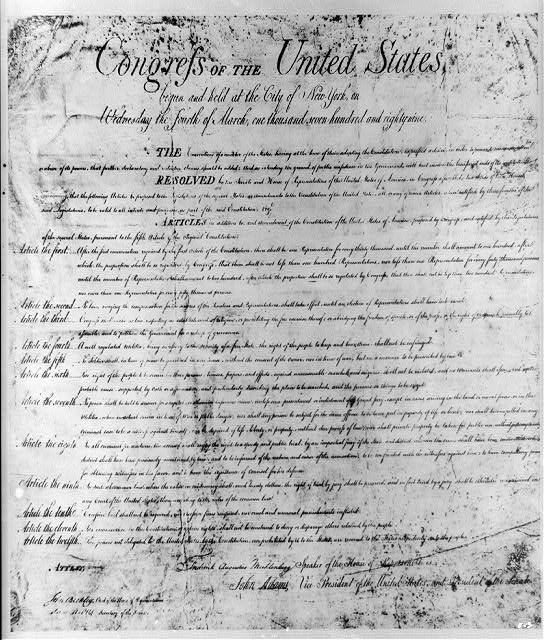
Concurrent Powers
The federal and state governments share certain powers, known as concurrent powers. These powers include the power to build roads and infrastructure, the ability to tax, and to create lower courts.
Federal Government Divisions
The United States federal government is comprised of three distinct branches the executive, legislative, and judicial branches, each of which holds separate powers and responsibilities.
Under the umbrella of the branches are hundreds of different government agencies and commissions responsible for various duties, including cyber security defense, forest protection, social security services, and the country’s space programs, among many others.

Get Smarter on US News, History, and the Constitution
Join the thousands of fellow patriots who rely on our 5-minute newsletter to stay informed on the key events and trends that shaped our nation's past and continue to shape its present.
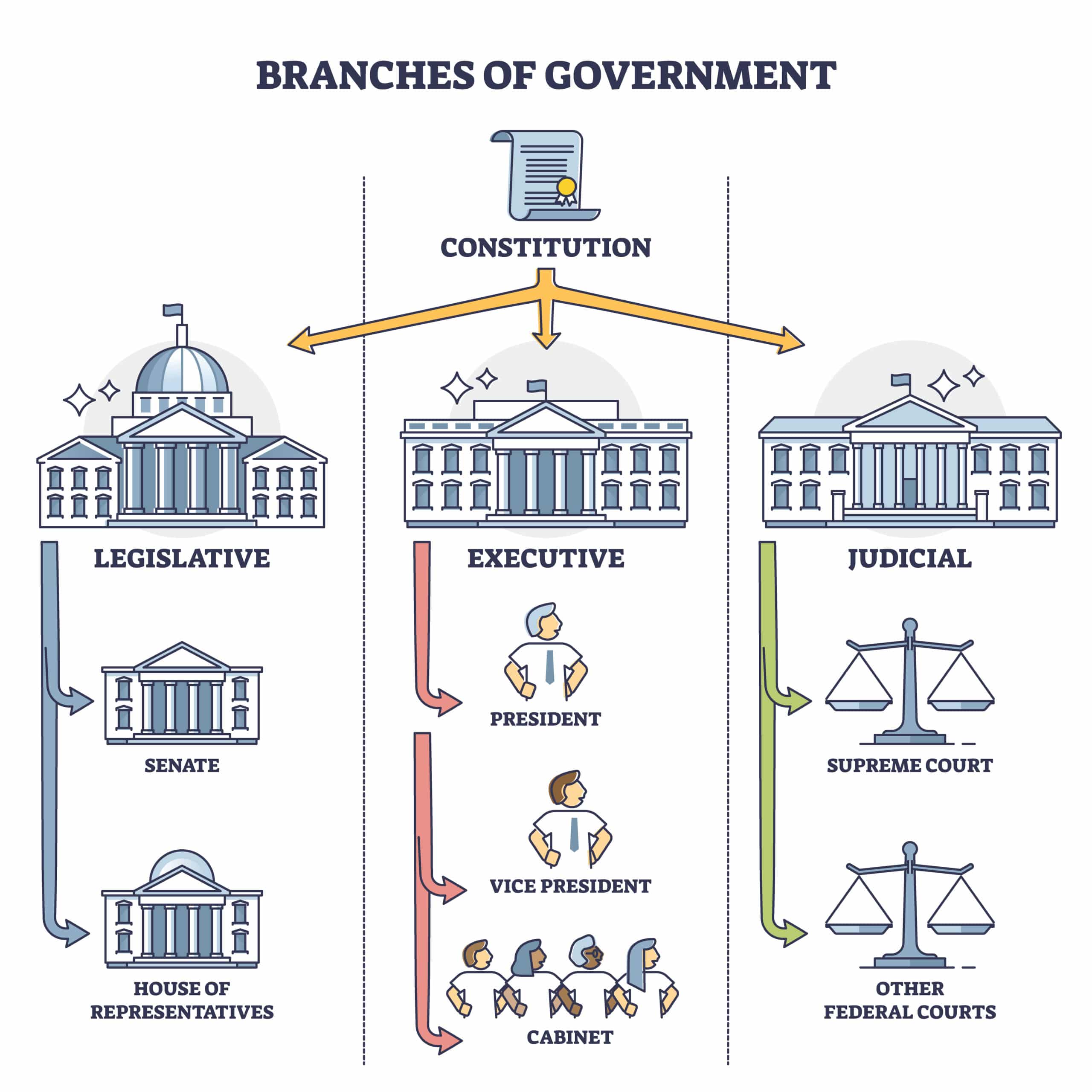
Executive Branch
The President of the United States heads the federal government’s executive branch.
It is their duty to implement and enforce the laws written and proposed by Congress in addition to appointing the heads of various federal agencies and, of course, the cabinet, which carries out the day-to-day administration of the federal government and many of its most important agencies.
Executive Branch Agencies
In addition to the president, vice-president, and the president’s cabinet, the executive branch comprises many notable agencies, including – the Department of the Treasury, the Department of Transportation, the Department of State, the Department of Labor, the Department of Energy, the Department of the Interior, the Department of Homeland Security, the Department of Defense, and the Department of Education, among others.
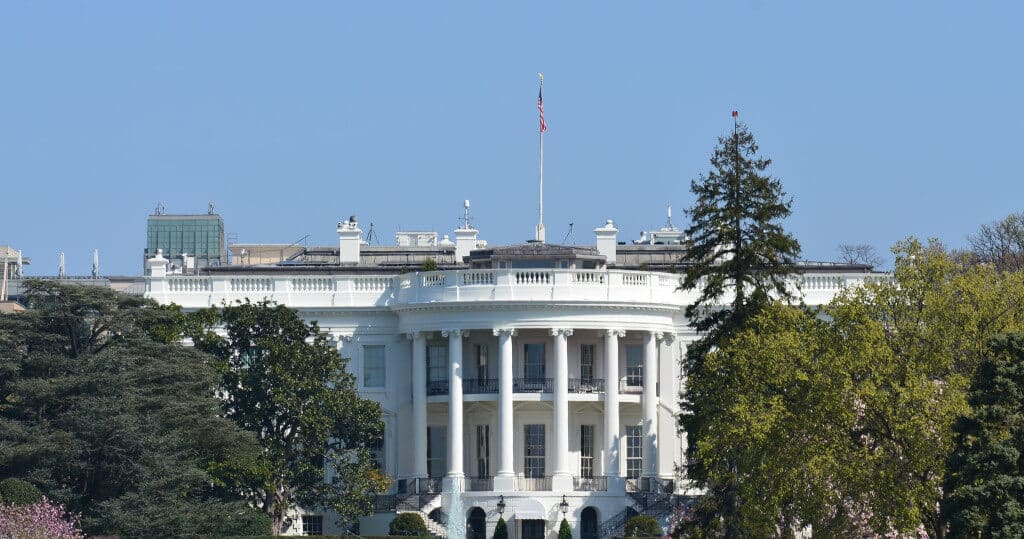
Including members of the armed forces, the executive branch employs more than 4 million people.
Legislative Branch
The House of Representatives, and the Senate, collectively Congress make up the legislative branch of the United States Federal government. Under the constitution, Congress is the sole authority in the country with the power to declare war and enact legislation.
In addition to having the right to confirm or deny presidential appointments, Congress also has significant investigative powers.
Congressional Powers
Congress is the only branch of government that can make or amend existing laws. Congress also establishes the federal government’s annual budget via the imposition of tariffs and taxes.
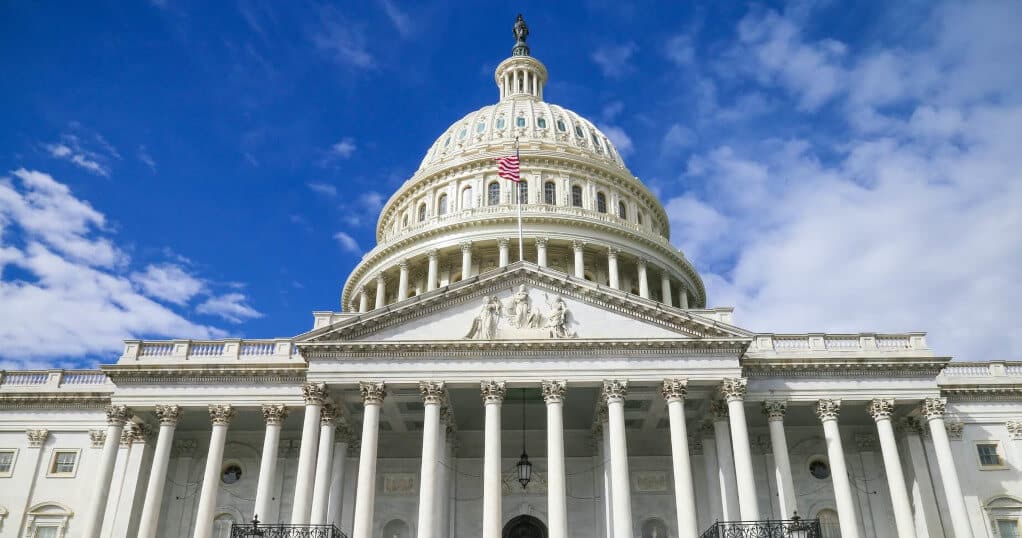
If the taxes and tariffs do not raise enough money to meet the budgetary needs, Congress may authorize borrowing to obtain the necessary amount.
Government Oversight
One of Congress’s most important duties is acting as a watchdog over the executive branch, specifically the President and their power in implementing laws and or regulations.
Congress does this primarily through various hearings run by committees filled with congressional members. These committees include the Senate Committee on Homeland Security and Government Affairs as well as the House Committee on Oversight and Government Reform.
In addition to the committees, Congress also has an investigative organization- the Government Accountability Office (GAO)- which audits and reports on every aspect of the government to ensure that taxpayer dollars are spent as effectively and efficiently as possible.
Judicial Branch
The judicial branch differs from the executive and legislative branches of the federal government in that members of the judicial branch are not elected but instead appointed by the president and then confirmed by the Senate.
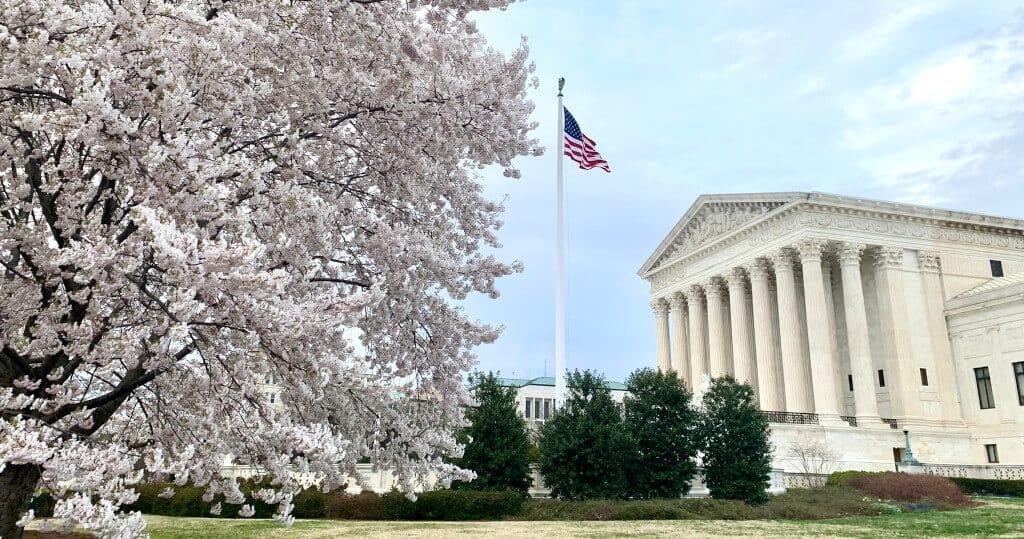
The judicial branch consists of all the federal courts of the United States, which include the Supreme court, the highest court in the land, and the United States district courts, which try most of the federal cases. Finally, there are the 13 United States courts of appeals, which review appealed district court cases.
The Supreme Court: Justices
There is no set number of Supreme Court justices, and Congress determines the number. Since 1869, there have been nine justices, including a chief justice.
Justices do not run or campaign for re-election and hold their appointments for life. Justices can only be removed from their positions via resignment, death, or being impeached or convicted by congress.
Supreme Court Roles
The Supreme Court acts as the final judicial arbiter in the United States regarding matters of federal law. As such, the court’s decisions cannot be appealed to any other authority, and once the supreme court makes a decision, it is final.
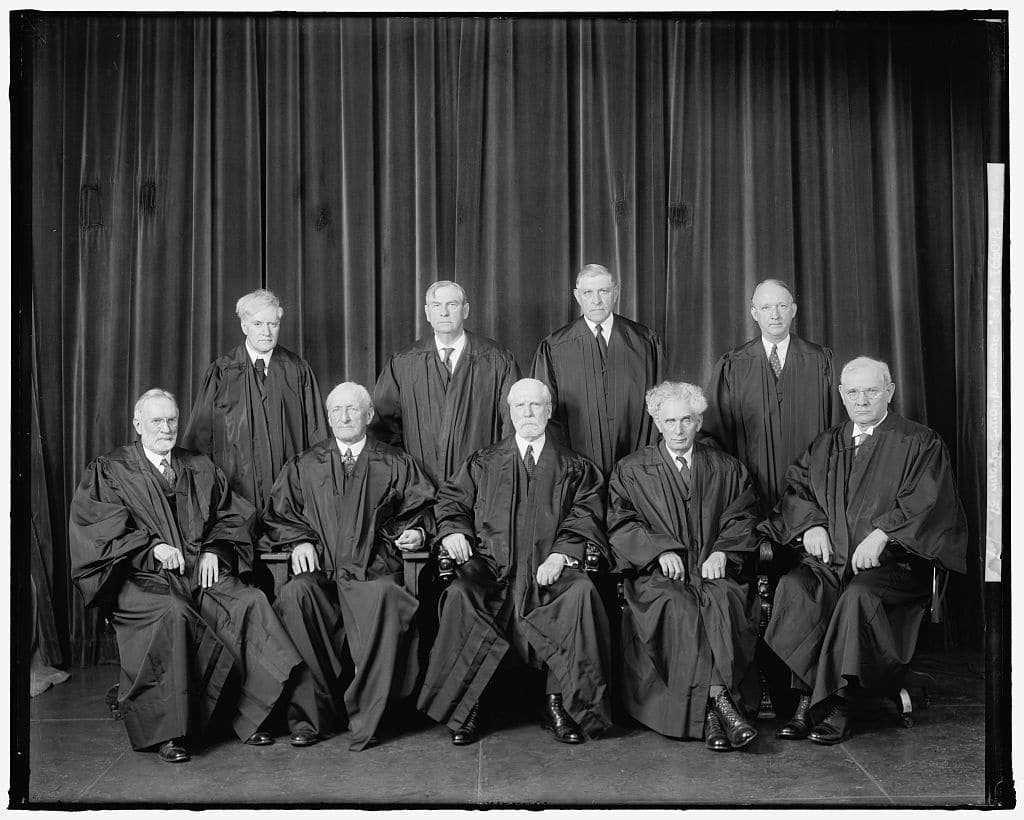
The Supreme Court’s task is not to hold trials but rather to interpret a law’s meaning, rule on how a particular law should or can be applied, and decide whether or not a law is relevant to a particular set of facts.
